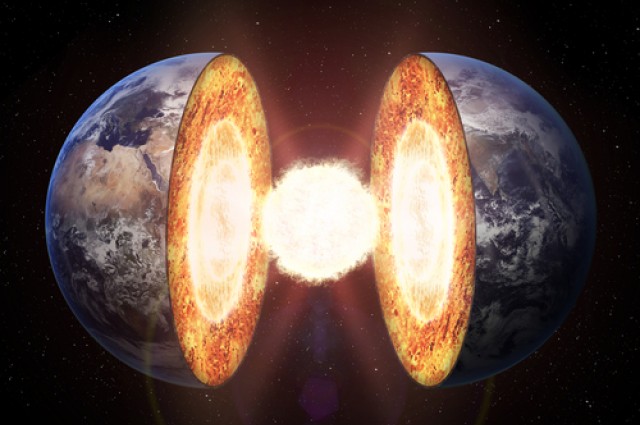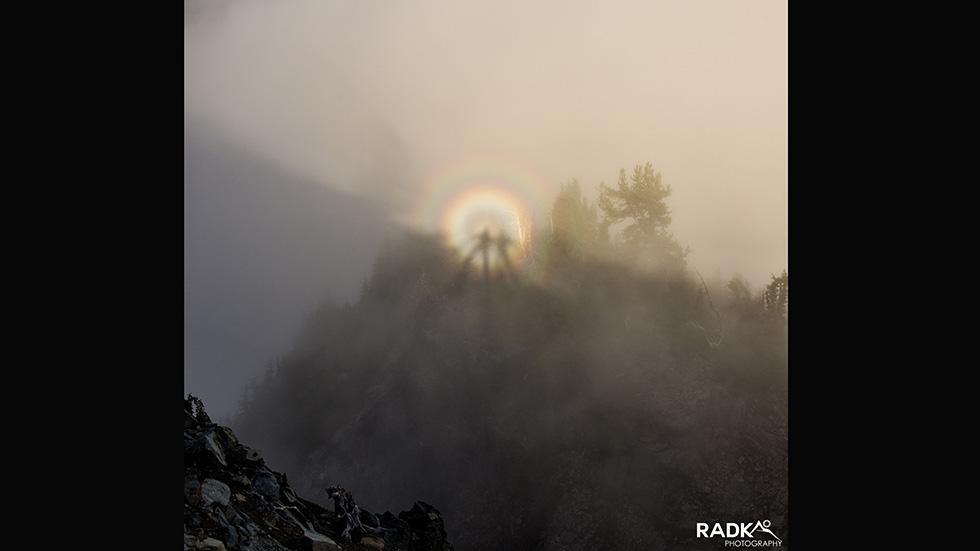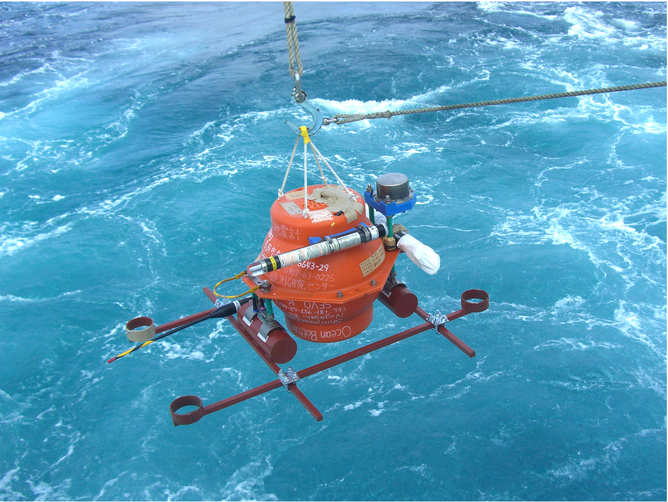Right Now
NASA | Earth and Moon Photobomb SDO
On Sept. 13, 2015, as NASA’s Solar Dynamics Observatory, or SDO, kept up its constant watch on the sun, its view was photobombed not once, but twice. Just as...
Incredibly Rare Double Eclipse Of The Sun By Earth And The Moon Snapped By Spacecraft
Sometimes when dealing with space, it's easy to get a bit carried away. So forgive us when we say this is one of the coolest things we have ever seen. Ever.
The image above is the amazing moment that NASA's Solar Dynamics Observatory (SDO) captured both Earth and the Moon obscuring its view of the Sun – the first double eclipse it has ever seen.
The spacecraft orbits 35,789 kilometers (22,238 miles) above Earth in a geosynchronous orbit, which means it is always in a similar position above our planet. In its orbit, SDO has unobstructed views of the Sun save for twice a year, when the spacecraft passes behind Earth and our planet blocks its view for anything from several minutes to over an hour each day for a few weeks.
SDO sees numerous transits of Earth and the Moon across the Sun every year, but on 13 September 2015 the spacecraft witnessed a simultaneous transit of the Sun by both Earth and the Moon for the first time. Footage reveals how the entirety of Earth blocked its view, but as our planet moved out of the way, part of the Sun was also obscured by the Moon, as all four objects were in line. The result is an extremely rare double transit.
In the image, the silhouette of the Moon (on the left) appears crisp and clear, while Earth's silhouette (at the top) appears fuzzy. This is due to our planet's atmosphere, which blocks light at different amounts at different altitudes. The Moon, comparatively, has only a miniscule atmosphere, known as an exosphere.
It's incredible to think that, in the vastness of space, these four objects could all line up at once. Now excuse us while we go gape in awe at the picture for a while longer.
Sometimes when dealing with space, it's easy to get a bit carried away. So forgive us when we say this is one of the coolest things we have ever seen. Ever.
The image above is the amazing moment that NASA's Solar Dynamics Observatory (SDO) captured both Earth and the Moon obscuring its view of the Sun – the first double eclipse it has ever seen.
The spacecraft orbits 35,789 kilometers (22,238 miles) above Earth in a geosynchronous orbit, which means it is always in a similar position above our planet. In its orbit, SDO has unobstructed views of the Sun save for twice a year, when the spacecraft passes behind Earth and our planet blocks its view for anything from several minutes to over an hour each day for a few weeks.
SDO sees numerous transits of Earth and the Moon across the Sun every year, but on 13 September 2015 the spacecraft witnessed a simultaneous transit of the Sun by both Earth and the Moon for the first time. Footage reveals how the entirety of Earth blocked its view, but as our planet moved out of the way, part of the Sun was also obscured by the Moon, as all four objects were in line. The result is an extremely rare double transit.
In the image, the silhouette of the Moon (on the left) appears crisp and clear, while Earth's silhouette (at the top) appears fuzzy. This is due to our planet's atmosphere, which blocks light at different amounts at different altitudes. The Moon, comparatively, has only a miniscule atmosphere, known as an exosphere.
It's incredible to think that, in the vastness of space, these four objects could all line up at once. Now excuse us while we go gape in awe at the picture for a while longer.
Sign In to leave a comment
More Posts

PwrCor s PWCO Chief Execu...
13 Apr 2020

Why some of us our shy and ...
5 Jun 2019

Scientists reveal secrets o...
5 Jun 2019

Robert Downey Jrh
5 Jun 2019

Report This Post
Please complete the following requested information to flag this post and report abuse, or offensive content. Your report will be reviewed within 24 hours. We will take appropriate action as described in Findit terms of use.
Thank you. Your abuse report was sent.

















